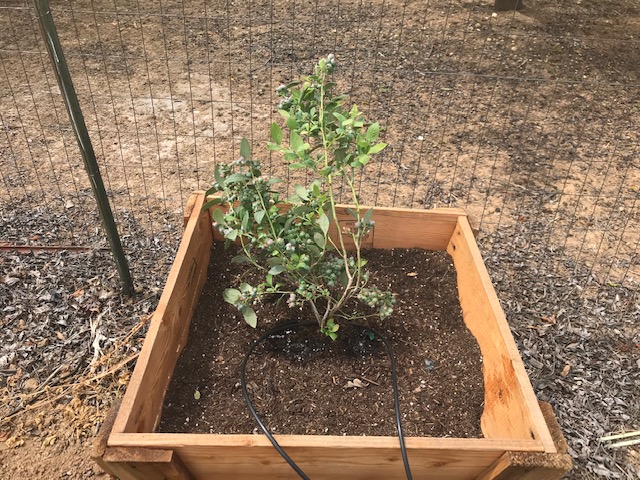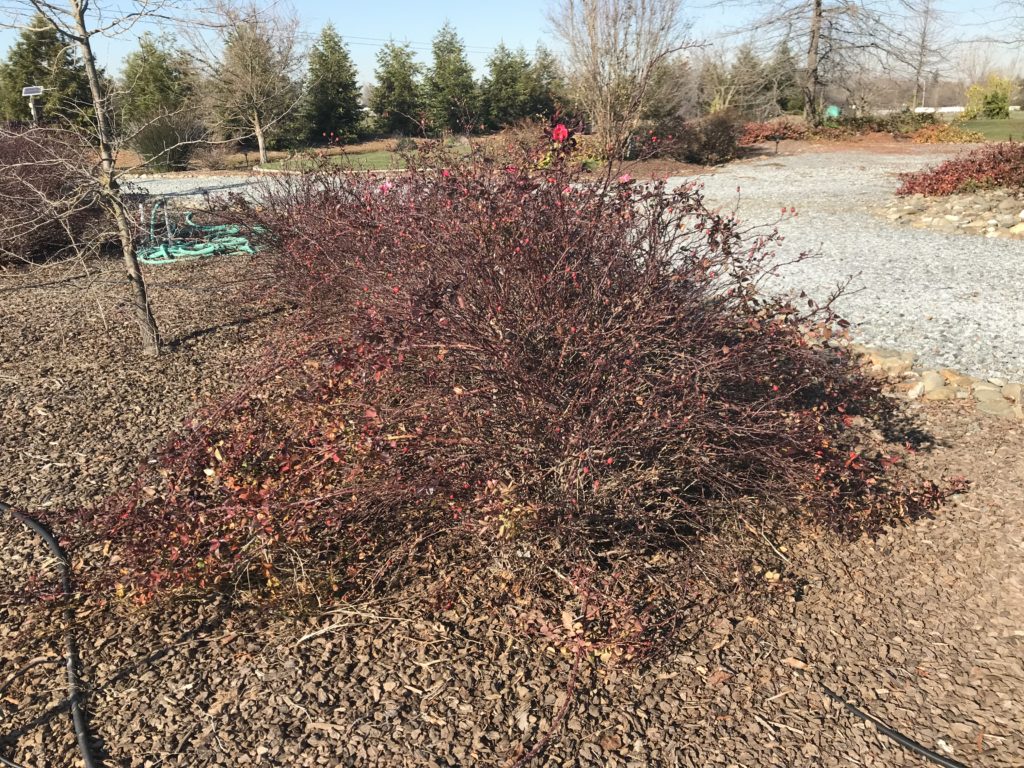
Spring is here, the days are getting warmer, and it is time once again for me to start the annual garden. The dirt is tilled, and the weeds are already turned under, so what comes next is the selection process for what types of fruit and vegetables I want to (attempt to) grow this year.
There are some basic items that I plant in the garden every year. I always make sure to have some tomatoes, cucumbers, squash, and cantaloupe since these are all fairly easy to keep alive and they tend to consistently produce edible items year after year. But in addition to these annual staples, each year I try something new just to see what happens.
This usually ends badly.
For example, about ten years ago, I tried planting two avocado trees. They were both dead within a year. The following year, I planted two more, because clearly I had not yet learned my lesson. The trees are still technically alive, but I have very little hope of ever seeing any fruit on them. The fact that both trees currently have only about seven leaves on them is not encouraging.
Once I realized that avocados were not going to be a thing in my yard, I moved on to planting artichokes. I started with four plants. Two months later, I had one. By the end of the third month, I think the survivor was feeling so lonely without his friends that he committed suicide. I found him, brown and wilted, lying in the dirt outside.
He didn’t even leave me a note.
I attempted planting artichokes again the following year because, as I said before, I just can’t take a hint. I ended up harvesting one small artichoke before all four of my new plants dropped dead. Better results, but still not exactly a rousing success.
Avocados and artichokes? Nope and nope.
I have attempted corn and string beans, which are both supposed to be easy to grow. They were. The plants thrived. They both took up quite a bit of garden space, however, and when it came time to harvest, I realized that the bugs had ended up with more of the end product than I did. Neither crop was really worth the effort of planting.
Strike corn and string beans from the list.
Two years ago, I tried planting kiwi plants. EM1 loves kiwis, and I thought it would be a really cool addition to the yard if I could get them to grow. I bought two plants from the nursery and planted them in the garden.
I can hear you all asking, “Did you get kiwis?”
Well let me tell you. No. No, I did not get kiwis.
In the middle of July, during the warmest part of the summer, both plants turned into a pile of brown sticks poking out of the ground. I figured I had killed them like everything else I had attempted in the past. I left the sticks where they were, more from laziness than any real hope of the plants reviving, and the following year, to my great surprise, they came back. In the spring both plants produced new leaves and a bunch of little white flowers. I figured I was back in business.
Then in July, I had two larger piles of sticks poking out of the ground.
This spring, the kiwi plants have turned green once again, but I am not getting my hopes up. Past experience suggests the little bastards are just messing with my head, and I’m not going to fall for it again.
Fool me once…
Now that we are caught up to present day garden disasters, I am back to the original question: what should I plant this year?
Well, this year I have decided to plant blueberries.
Why blueberries? I don’t know. Why not? I figure I can kill blueberry bushes just as easily as I could kill anything else, so why not get creative?
I admit I know absolutely nothing about blueberry bushes, so the odds are really good that I’m going to murder these little guys, too. I am prepared to live with that outcome. I’ve gotten good at choking down the disappointment of dead plants in the garden year after year, so one more botanical failure is not going to be a big deal.
I read a few articles about blueberries before I bought the plants. I figured, maybe if I know a little bit more about them, I would have a better chance of keeping them alive longer than a few weeks. The article said they like a lot of water and that they thrive in acidic soil.
I’m happy to water them, but I don’t know what acidic soil is. I don’t know if the soil in my garden is acidic or not. And, if it isn’t acidic, I have no idea how to make it acidic. I’m starting to suspect the blueberries are pretty much doomed to the same fate as all my other gardening projects.
Sorry little guys. It was nice knowing you.
.
.
.

Enjoying Deep Dark Thoughts? Follow me on Facebook so you don’t miss a post. Just go to my page and click the “Like” button to receive updates on my blog and other projects.

And you can follow me on Twitter @gallenwilbanks.

